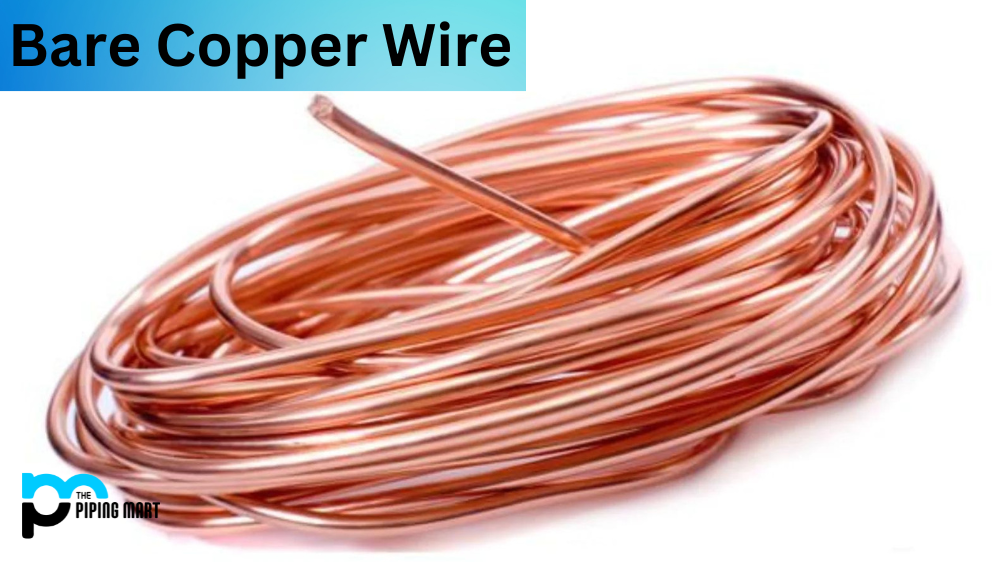In recent years, titanium has become one of the most in-demand materials for various applications, including aerospace, biomedical, and automotive industries. Widely recognized for its exceptional strength, corrosion resistance, and lightness, it’s no surprise that it has become a staple material for many. However, with the emergence of different grades of titanium, it’s important to know the differences between each, especially with the increasing demand for stronger and more resilient titanium metals. In this blog post, we will compare two popular types of titanium: Grade 5 and Grade 4.
Difference Between Grade 5 Titanium and Grade 4
Composition
Grade 5, or Ti-6Al-4V, is a titanium alloy comprising 6% aluminium and 4% vanadium. It’s known to be the most commonly used type of titanium, with its high strength-to-weight ratio, making it ideal for high-stress applications such as aircraft components and structural components in the marine industry. On the other hand, Grade 4 or Ti-CP is unalloyed titanium composed of 0.5% iron and higher oxygen and nitrogen content. Grade 4 is more ductile and has excellent corrosion resistance, making it ideal for applications involving chemical processing equipment and marine vessels.
Strength and Durability
Grade 5 titanium has a higher strength than Grade 4 titanium, with a tensile strength of up to 130 ksi (896 MPa) compared to Grade 4’s tensile strength of up to 88 ksi (607 MPa). It also has a higher fatigue strength, making it more resilient to wear and tear over time. However, Grade 4 titanium has a greater ductility than Grade 5 titanium, meaning it can be formed and shaped easily without losing its structural integrity.
Weight and Density
Grade 5 and Grade 4 titanium are considered lightweight metals with a 4.43 and 4.5 g/cm3 density, respectively. However, Grade 5 is slightly heavier than Grade 4, which can make a difference in applications that require a more lightweight metal.
Corrosion Resistance
Grade 5 and Grade 4 titanium are known for their exceptional corrosion resistance, with Grade 4 being slightly more corrosion-resistant in some environments. Grade 4’s higher oxygen content makes it more resistant to general corrosion, whereas Grade 5, with its higher aluminium and vanadium content, is more corrosion-resistant in high-temperature environments.
Cost
Grade 5 titanium is typically more expensive than Grade 4 titanium due to its higher aluminium and vanadium content. However, its higher strength and durability can make it a more cost-effective material in the long run for applications that require a more robust metal.
Conclusion
In conclusion, Grade 5 and Grade 4 titanium have unique properties that make them suitable for various applications. While Grade 5 is known for its high strength and wear resistance, Grade 4 is more ductile and has excellent corrosion resistance. It’s essential to choose the right type of titanium for the application to ensure the best performance and longevity of the material. Consulting with experts in the field can go a long way in choosing which type of titanium to use for each project.




